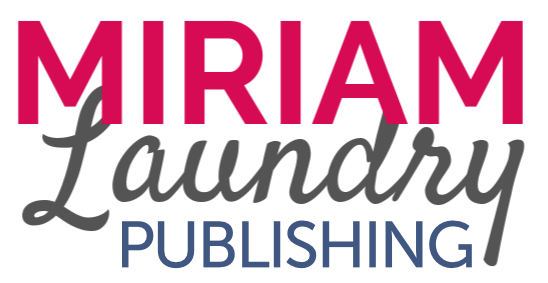If you’ve ever watched a movie or tv show, you’ll know that tension plays a very important role in storytelling. Similarly, it’s just as important to include tension in writing. In this post, we’re going to unpack what tension is, why it matters, and the four main sources of tension in any story.
What is Tension? Why does it matter?
Picture this: you’re watching a movie and the music starts getting creepier, building up slowly. At the same time, the main character is walking towards a closed door. They reach out their hand, and the music gets louder. You don’t know what’s behind the door, but it can’t be good.
Finally, the music comes to its peak and the character swings the door open. You gasp as a monster jumps out of the closet, scaring both you and the main character.
THIS is tension. Tension in writing often presents itself as a sense of build up leading to an important moment.
It’s also the driving force behind every narrative. Tension creates curiosity and leaves the reader wondering what’s going to happen next. It keeps the reader interested and gets them turning the page. Without tension, your story will feel flat, and it will likely lose your reader’s interest.
To incorporate tension into your story, you’ll need to tap into one of four sources.
Source #1: Inner Tension
Inner tension is tension that comes from within a single character. This can be represented as a character feeling insecure about themselves, being unsure of how to solve the problem, or even lacking a sense of identity.
A great example of inner tension is how, throughout the entire Harry Potter series, Harry feels outcast because of both his ignorance of the magical world and his own history. While his classmates look at him with awe as “the Boy Who Lived”, Harry feels inadequate, like he will never measure up to the impossible standards set before him.
These feelings produce inner tension, leaving the reader wondering if Harry will do great things or fall victim to his insecurities indefinitely.
Inner tension is a great way to include more tension in writing.
Interested in Writing a Children's Book?

Source #2: Interpersonal Tension
Interpersonal tension is when two or more characters have a disagreement. This can occur when the main character and their best friend have a falling out, two secondary characters are not getting along, etc.
For example, in John Flanagan’s The Ranger’s Apprentice: The Ruins of Gorlan, we see Horace (one of the series’s main characters) training to become a knight. But his peers don’t take too kindly to him — other trainees are seen bullying Horace, causing him to fall behind in Battleschool.
As Horace is bullied, readers can’t help but wonder whether Horace will ever make friends, fit in, and complete Battleschool successfully. These questions create curiosity, encouraging the reader to keep reading.
Tension in writing doesn’t have to be complex. A simple disagreement or clashing personalities can do the trick.
Source #3: Institutional Tension
Institutional tension is when an organization or institution in a character’s life pressures a character in some way.
In I CAN Believe in Myself, Molly’s teacher gives her a special assignment: she must speak up in front of the class and be the star of the day.
This is an example of institutional tension because an institution (school) pressures the main character (Molly) with a task and deadline. Readers will wonder if Molly will meet her deadline and overcome the pressure set on her shoulders.
Tension in writing can be as simple as a pressing school assignment or a race in swim class. It doesn’t always have to be a monster jumping out of the closet.
Source #4: Environmental Tension
Environmental tension is when a character’s current environment provides a problem. This can be seen in the shape of a snowstorm, exceptional heat, getting lost in the woods, etc.
In Rick Riordan’s Percy Jackson and the Olympians: The Battle of the Labyrinth, Percy must navigate a shifting maze to achieve his goal. However, this maze is always changing and presenting new challenges, sending hurdles his way.
Many readers feel compelled to keep reading when they encounter environmental tension. After all, they need to know if the main character can survive the elements or perish.
This kind of tension in writing can not only evoke curiosity, but provides a great opportunity to exercise your creativity. What kind of unique settings can you come up with?
Interested in Writing a Children's Book?

Balancing Tension in Writing
With children’s books, it’s necessary to have at least one source of tension present. But you aren’t limited to just one source. You can always combine multiple sources (even better is if you can incorporate all four).
The more tension your story has, the more invested your reader will become. Remember, just because you’re writing a 1,000-word picture book doesn’t mean you have to sacrifice tension.
There are always opportunities to include brief, yet effective, sources of tension in writing.
Of course, tension relies on having engaging characters. If your characters aren't interesting, their adventures won't be enticing either. Click HERE to learn more about writing characters children love.
